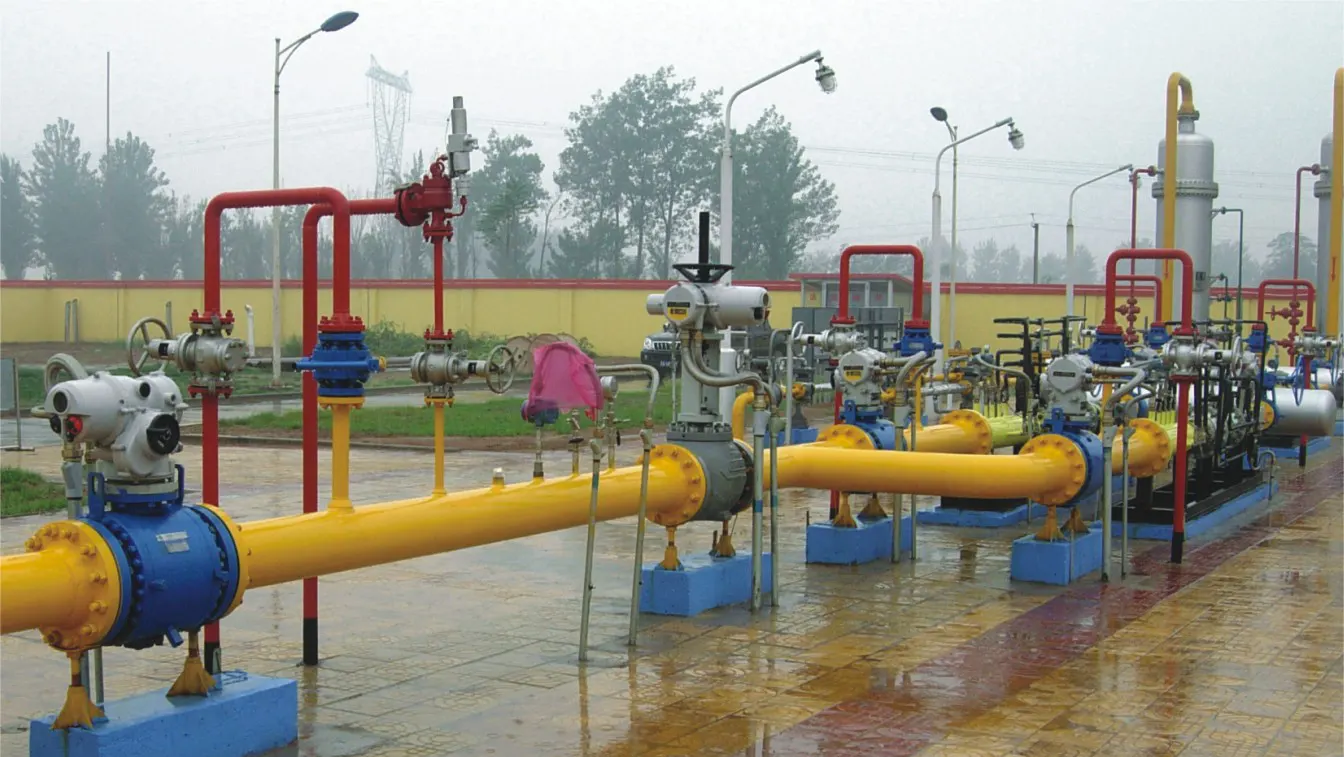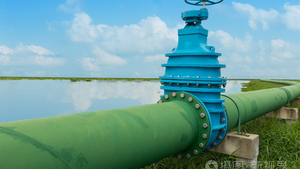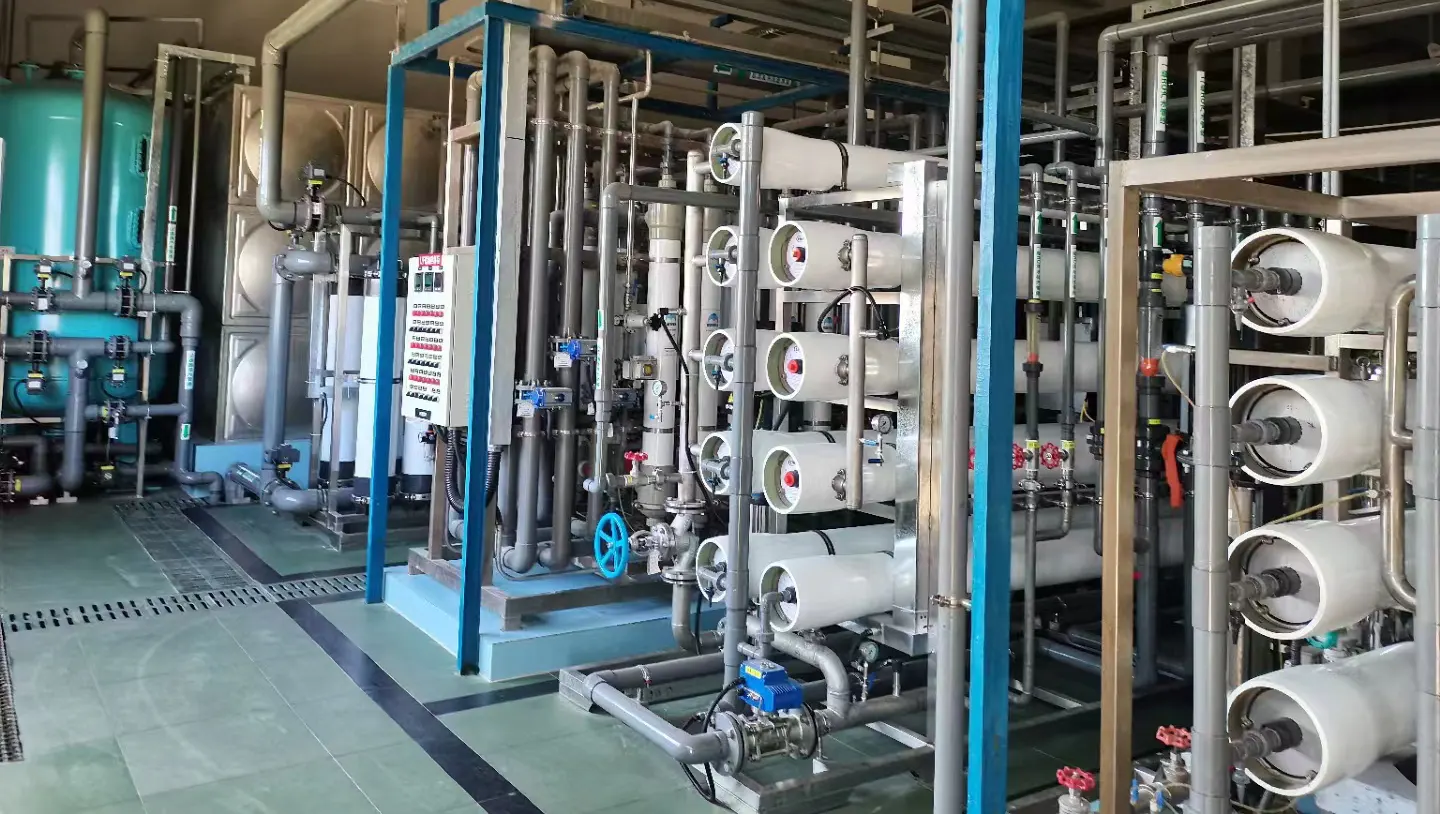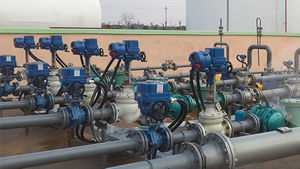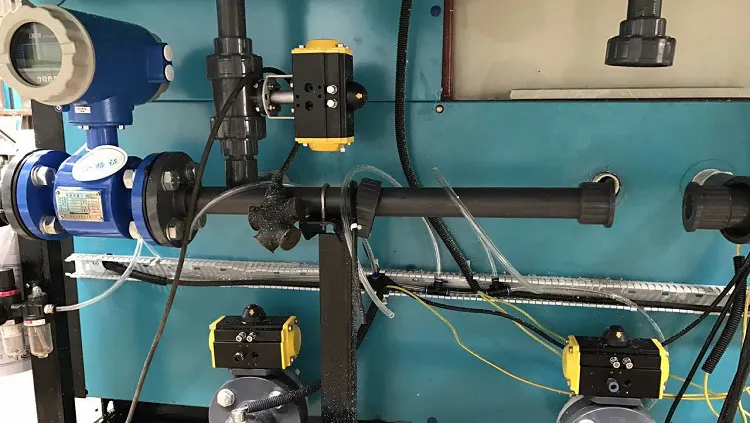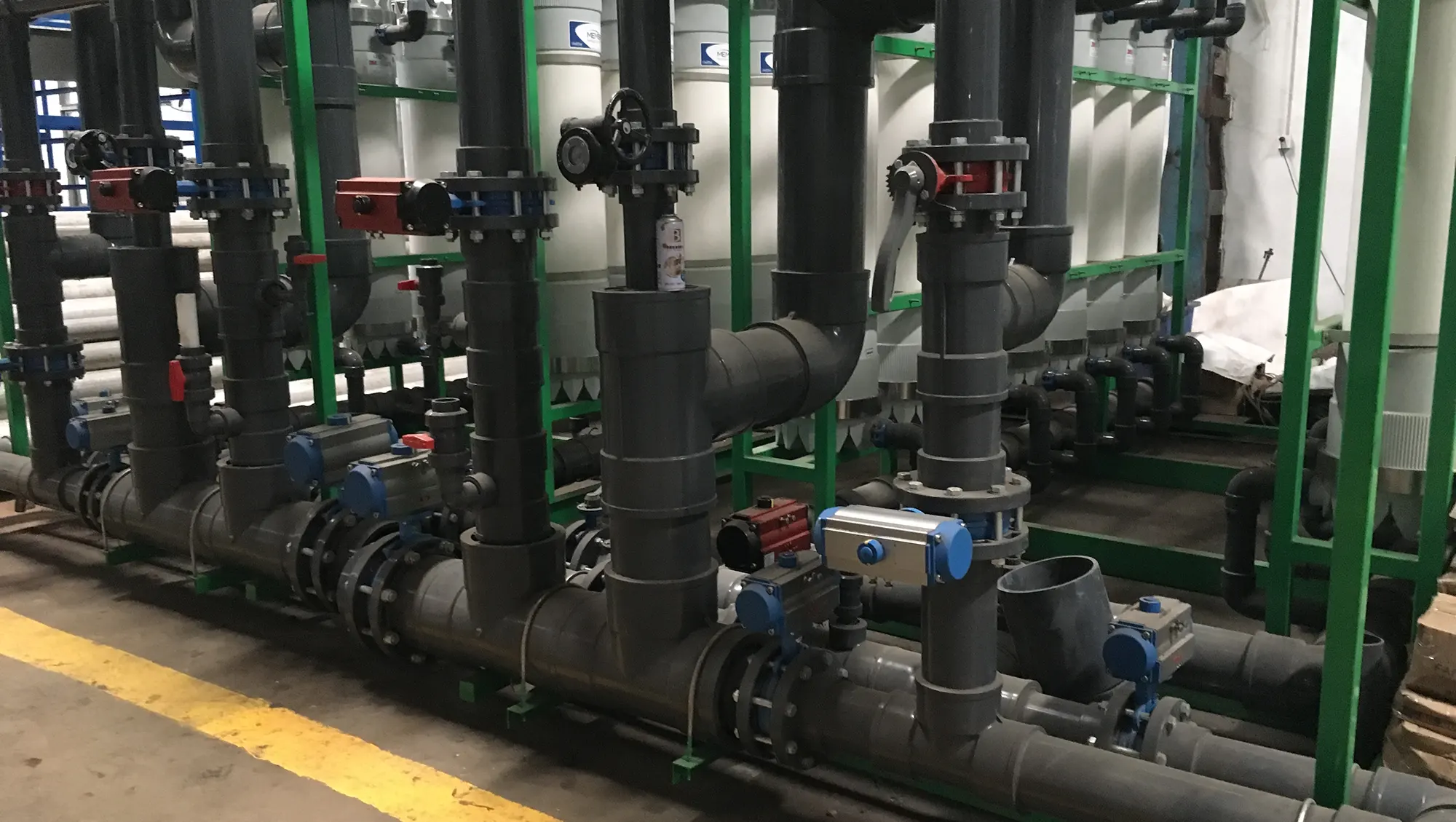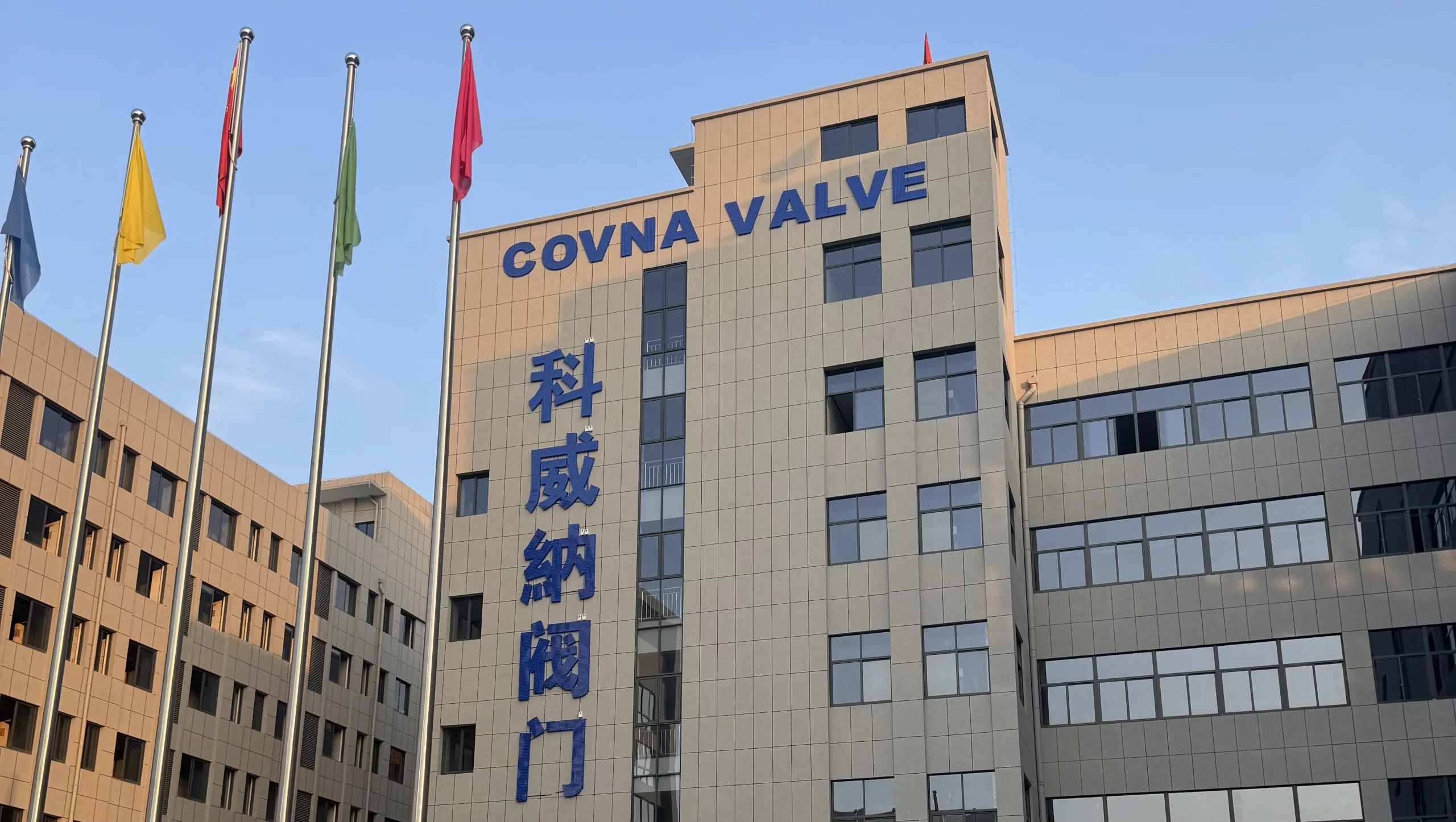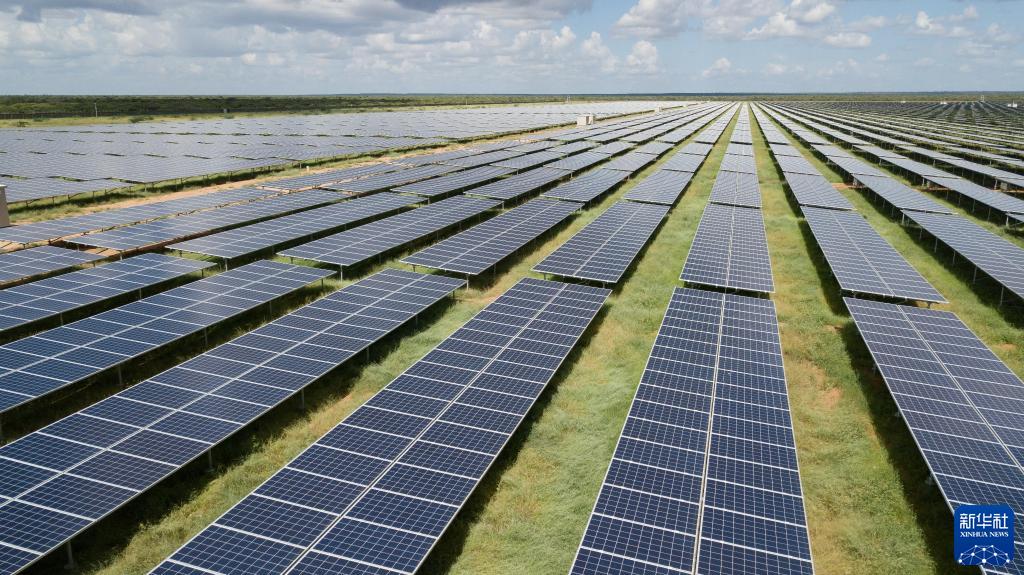
This is the solar panel of Kenya Garissa 50 MW photovoltaic power station taken on December 13, 2019. The largest photovoltaic power plant in East Africa built by a Chinese company, Kenya Garissa 50 MW photovoltaic power station, was officially put into operation on that day
In the face of climate change and other serious challenges to human survival and development. China and its partners are working together to promote the high-quality construction of the “Belt and Road”, one after another green project to help local development, to promote global environmental governance to make a real contribution to the beautiful home of the earth to show the concept of harmonious coexistence of man and nature on the “green” ribbon. The “green ribbon” shows the concept of harmony between man and nature.

Construction workers check the installation of solar panels for the integrated floating body photovoltaic project at Sirindhorn Dam in Ubon Province, Thailand, on Jan. 23, 2021.
China is sharing its technology and experience to guard the cradle of civilization together with its partners in the Belt and Road, as well as “greening and enriching” together: China’s water-saving terracing model is “copied” to Egypt, concealing water in the mountains of the Sinai Peninsula; Africa’s “Great Green Wall” has Chinese technical support to stop the Sahara Desert from encroaching southward; in the Terai plains of southern Nepal, China’s green fertilizer pilot area has contributed to a maximum yield increase of 400% for wheat and other crops.
China is helping many developing countries, including Pakistan, to promote a low-carbon, carbon-free economic transition with the right policies, visions and projects, said Shakir Lamai, chief executive officer of the Asian Institute for Research and Development of Ecological Civilizations in Pakistan.
Environmentally conscious projects all over the world. Green “Belt and Road” is the overseas practice and initiative of China’s own green development concept, which also makes the “Belt and Road” construction further shift to high-quality development.
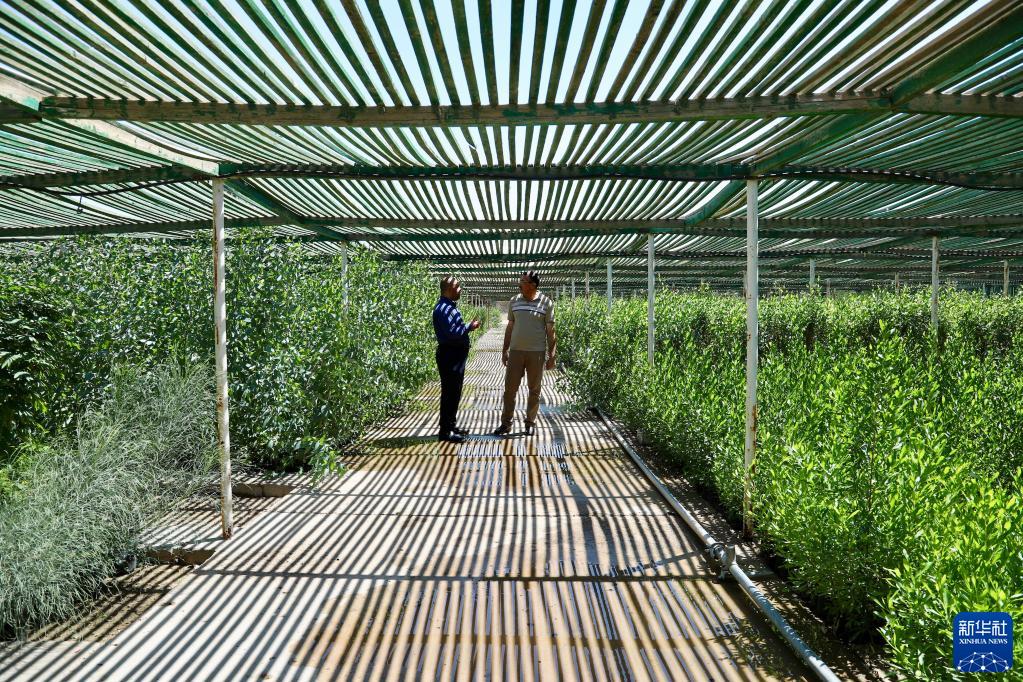
Samad Kamil Ali (right), deputy chief engineer for agriculture at the Iraqi National Commission to Combat Desertification, stands inside the Center for Nurturing Forests to Combat Desertification in southeastern Baghdad on Aug. 11, 2018.
The disorderly emissions of developed countries in the industrialization process over the past 200 years are the most important reason for the deterioration of the earth’s climate. To jointly address climate change and build a global community of life is an inevitable requirement for the harmonious development of man and nature.
--- END ---








